Electric trikes are well known for their ability to provide a seamless riding experience. And a significant aspect behind ensuring this smooth ride is the sensors integrated into the e-trike's pedal-assist system. This pedal-assist system relies on sensors to determine the level of motor assistance you receive while pedaling.
Two main types of sensors, torque sensors, and cadence sensors, are commonly used in e-trikes. Each of these sensors plays a significant role in how your electric trike responds to your pedaling efforts, making the choice between them important for optimizing your ride.
So, today, in this guide, we'll explore how these sensors work and why they matter for your e-trike, helping you choose the perfect match for your riding style.
What Is a Torque Sensor on an E-Trike?
A torque sensor is an advanced component in an e trike that measures the force applied to the pedals.
As you exert pressure, the sensor measures the torque, essentially the rotational force, and sends real-time data to the motor. This data is sampled at an impressive rate of 1,000 times per second throughout the entire pedal stroke, ensuring precise adjustments to the motor's power output.
The torque sensor, which can be positioned either at the pedals or along the chain line, measures the tension in the drivetrain of the etrike and provides electric assistance in proportion to your effort. The harder you pedal, the more power the motor delivers.
What sets the torque sensor apart from other types of sensors is its high responsiveness. It ensures that the motor’s power output is finely tuned to match your pedaling intensity, offering a seamless transition between your effort and the motor’s support. This proportional assistance creates a more engaged and dynamic riding experience. So an electric trike with torque sensor is best for those who value smarter & more effective riding experience.
The Advantages of a Torque Sensor:
- Intuitive Ride: The responsiveness of a torque sensor makes every pedal stroke feel perfectly balanced, mimicking the sensation of a regular bike with amplified power.
- Smoother Starts: Torque sensors ensure smooth power delivery, eliminating the sudden spike in assistance that can be jarring with cadence sensors.
- Efficient Power Delivery: By matching your effort, torque sensors provide power only when needed, maximizing your battery life and extending your riding range.
- Improved Fitness: Since you still exert effort while receiving assistance, torque sensors promote a more active riding experience, helping you maintain or improve your fitness level.
- Better Control: Provide more control over the e trike, especially on hills and rough paths.
The Disadvantages of a Torque Sensor:
- Higher Cost: Torque sensors are generally more expensive than cadence sensors due to their advanced technology and precision.
- Complex Installation and Maintenance: The installation process of a torque sensor is more complex, and it may require more frequent maintenance due to its sensitivity and mechanical intricacy.
What Is a Cadence Sensor on an E-Trike?
A cadence sensor is a simpler, yet effective, way for your e trike to determine when to provide assistance.
Unlike a torque sensor, which measures the force you apply to the pedals, a cadence sensor focuses on the speed at which the pedals are being rotated, typically measured in revolutions per minute (RPM). As long as you keep pedaling, the motor consistently delivers the same level of assistance.
The cadence sensor system usually involves magnets attached to the crank arm, which pass by a sensor mounted on the frame. Each time a magnet passes the sensor, it records a pedal stroke, and this information is sent to the controller. The controller then delivers a pre-set amount of motor assistance, maintaining a steady boost regardless of how much effort you put into pedaling.
The simplicity and reliability of cadence sensors make them a popular choice for riders who prefer a steady and predictable level of motor assistance.
The Pros of a Cadence Sensor:
- Affordable and Accessible: Cadence sensors are generally less expensive than torque sensors, making them a more budget-friendly option.
- Simple and Reliable: The cadence sensor’s straightforward design ensures ease of use, making it an ideal choice for casual riders or beginners.
- Consistent Assistance: Riders receive a steady level of motor assistance as long as they keep pedaling, providing a reliable boost without requiring significant effort.
- Easy Riding: Ideal for relaxed outings where minimal effort is desired, the motor offers consistent assistance, allowing you to enjoy a leisurely ride without the need to pedal hard.
- Less Maintenance: With fewer moving parts, cadence sensors mostly require less maintenance compared to torque sensors.
The Cons of a Cadence Sensor:
- Less Intuitive Ride: Since assistance is based on pedaling speed, not force, the feel can be less natural. This can be particularly noticeable on hills, where you might need to pedal harder to maintain assistance, even with minimal forward progress.
- On/Off Power Delivery: The motor activation can feel more jerky compared to torque sensors, leading to a less smooth riding experience, especially when starting or stopping.
Comparison Between Torque Sensor vs. Cadence Sensor
Riding Feel:
Torque sensors provide a natural and smooth riding experience. This is particularly beneficial for riders who want a more connected and engaging experience, as the motor’s assistance increases or decreases with the force applied to the pedals.
In contrast, cadence sensors deliver a more consistent and predictable level of assistance, which can feel less natural.
Consistent Assistance:
Cadence sensors excel in providing consistent motor assistance, regardless of the effort exerted. This can be advantageous for riders who want a dependable boost without having to pedal harder to receive more power.
On the other hand, torque sensors offer variable assistance based on pedaling force, which, while providing a more tailored ride, may require more effort and attention from the rider.
Cost and Maintenance:
When it comes to cost, cadence sensors are generally more affordable than torque sensors. The latter’s advanced technology and precision engineering contribute to a higher price point.
Additionally, torque sensors may require more frequent maintenance due to their complexity and sensitivity, whereas cadence sensors, with their simpler design, are typically easier and cheaper to maintain.
Battery Efficiency:
Torque sensors are mostly more efficient because they deliver power in proportion to the rider’s effort, reducing unnecessary strain on the battery.
In contrast, the constant assistance provided by cadence sensors can lead to quicker battery depletion, especially on longer rides or more challenging terrains.
Let’s have a clear picture of the Torque Sensor vs. Cadence Sensor from the following comparison table-
|
Feature |
Torque Sensor |
Cadence Sensor |
|
Measurement |
Effort applied to the pedals |
Speed of pedal rotation |
|
Price |
Higher cost |
More affordable |
|
Riding Feel |
Natural and responsive |
Can feel less intuitive |
|
Battery Usage |
More battery-efficient |
Drains battery more quickly |
|
Rider Effort |
Requires more effort |
Requires minimal effort |
|
From Standing Start |
Feels smoother and natural |
Can be less responsive |
Conclusion
When deciding between a torque sensor and a cadence sensor for your electric trike, the choice ultimately depends on your riding style, preferences, and needs.
If you prioritize a natural riding experience, smooth power delivery, and efficient battery usage, a torque sensor is the way to go. However, if budget and low maintenance are your primary concerns, a cadence sensor might be a suitable option for you.

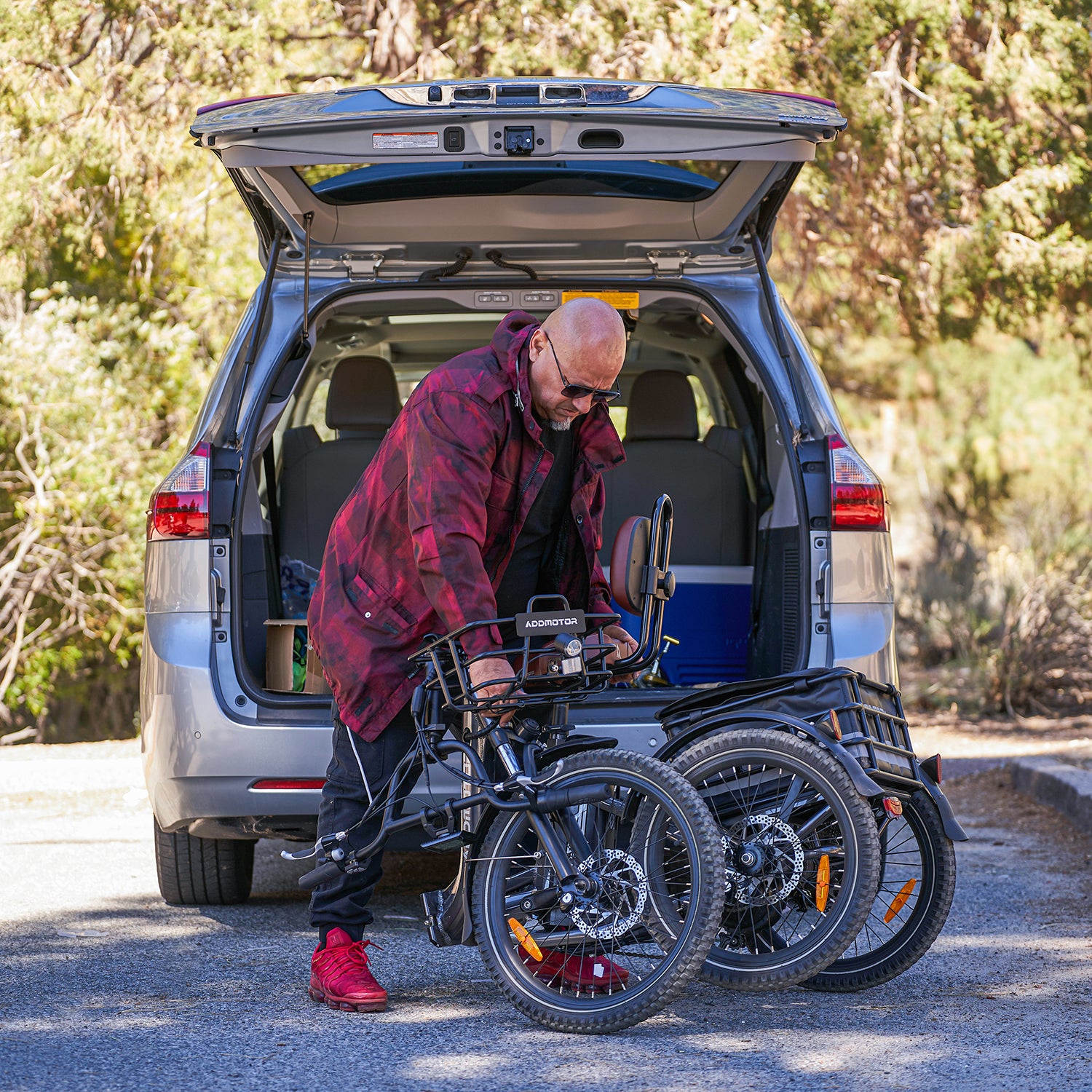
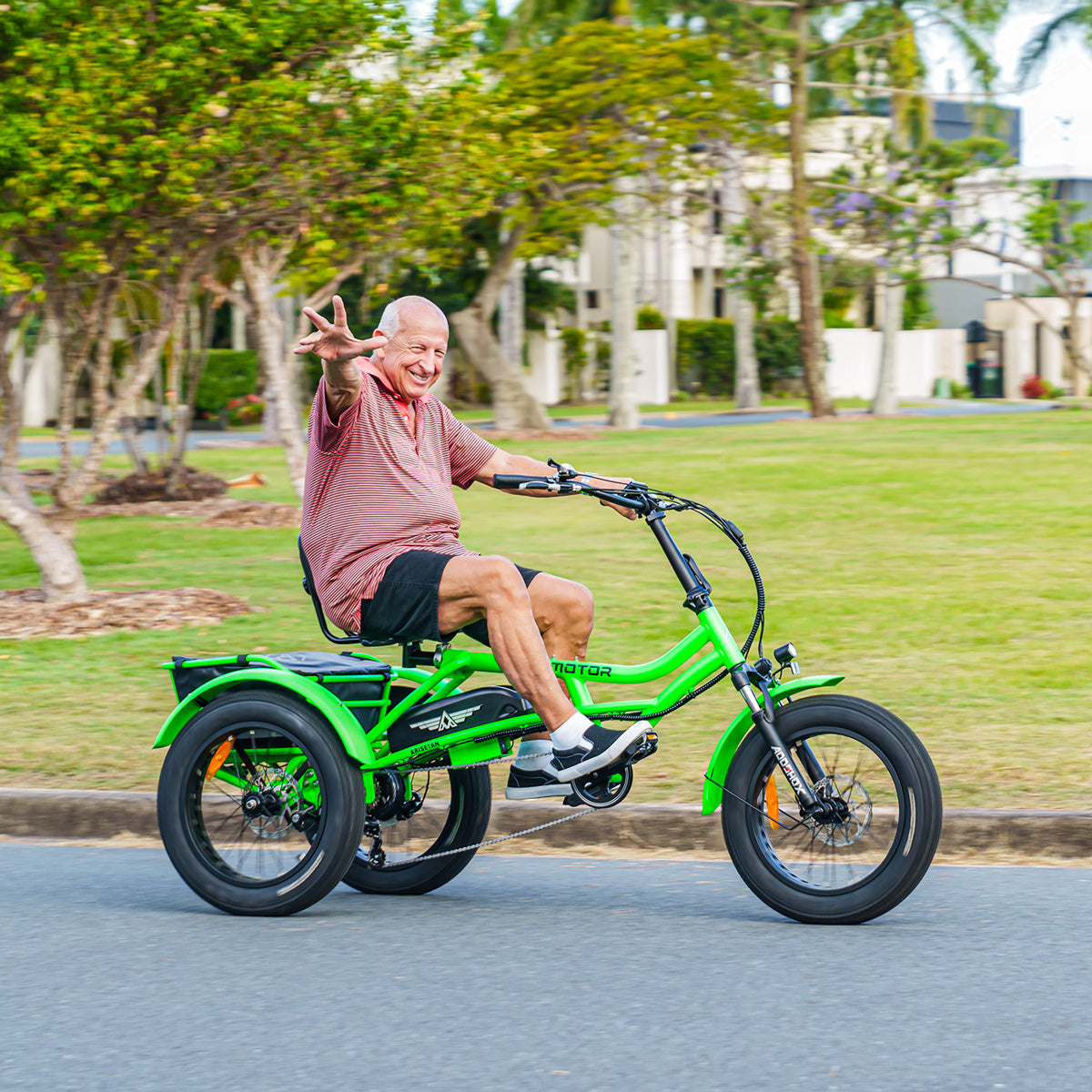
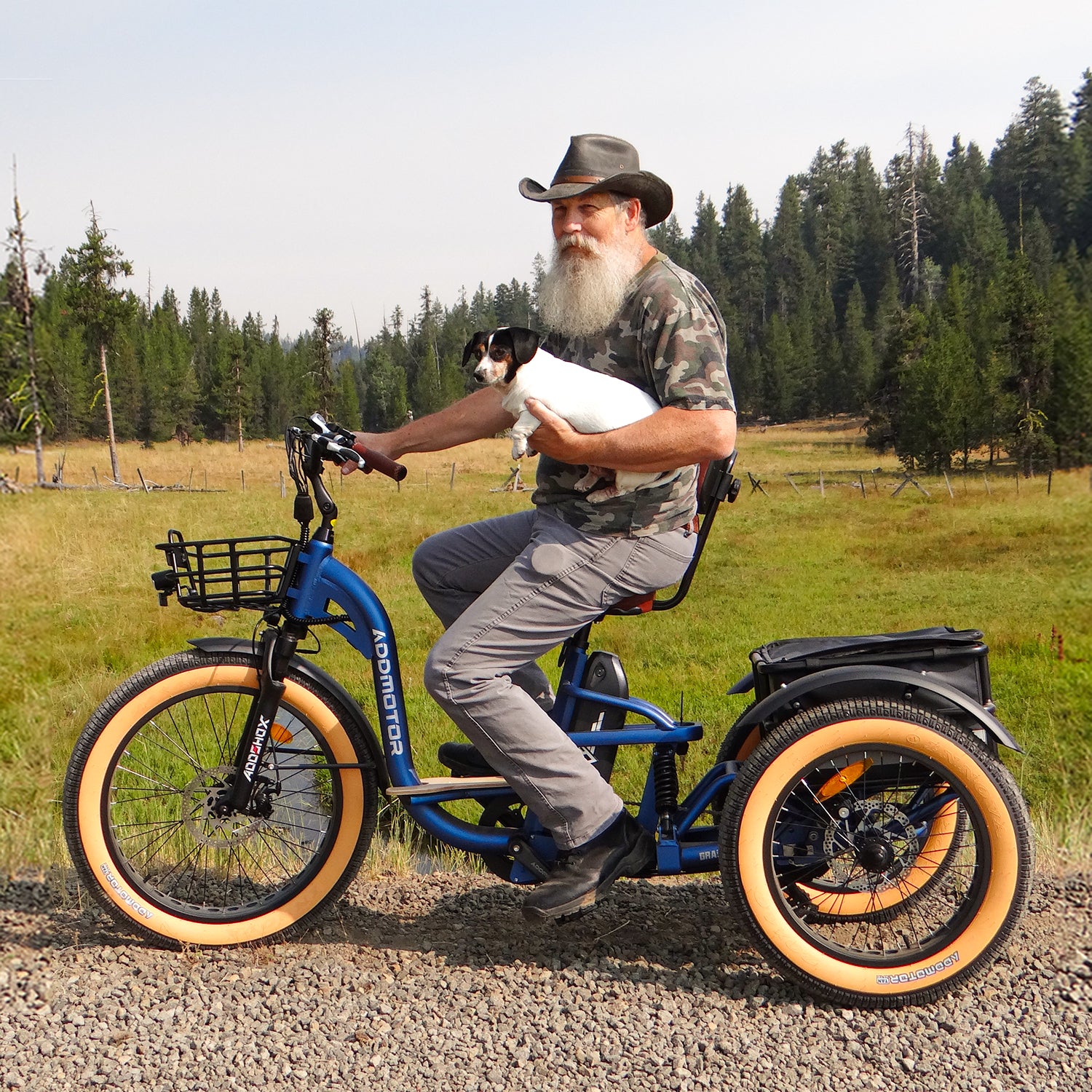
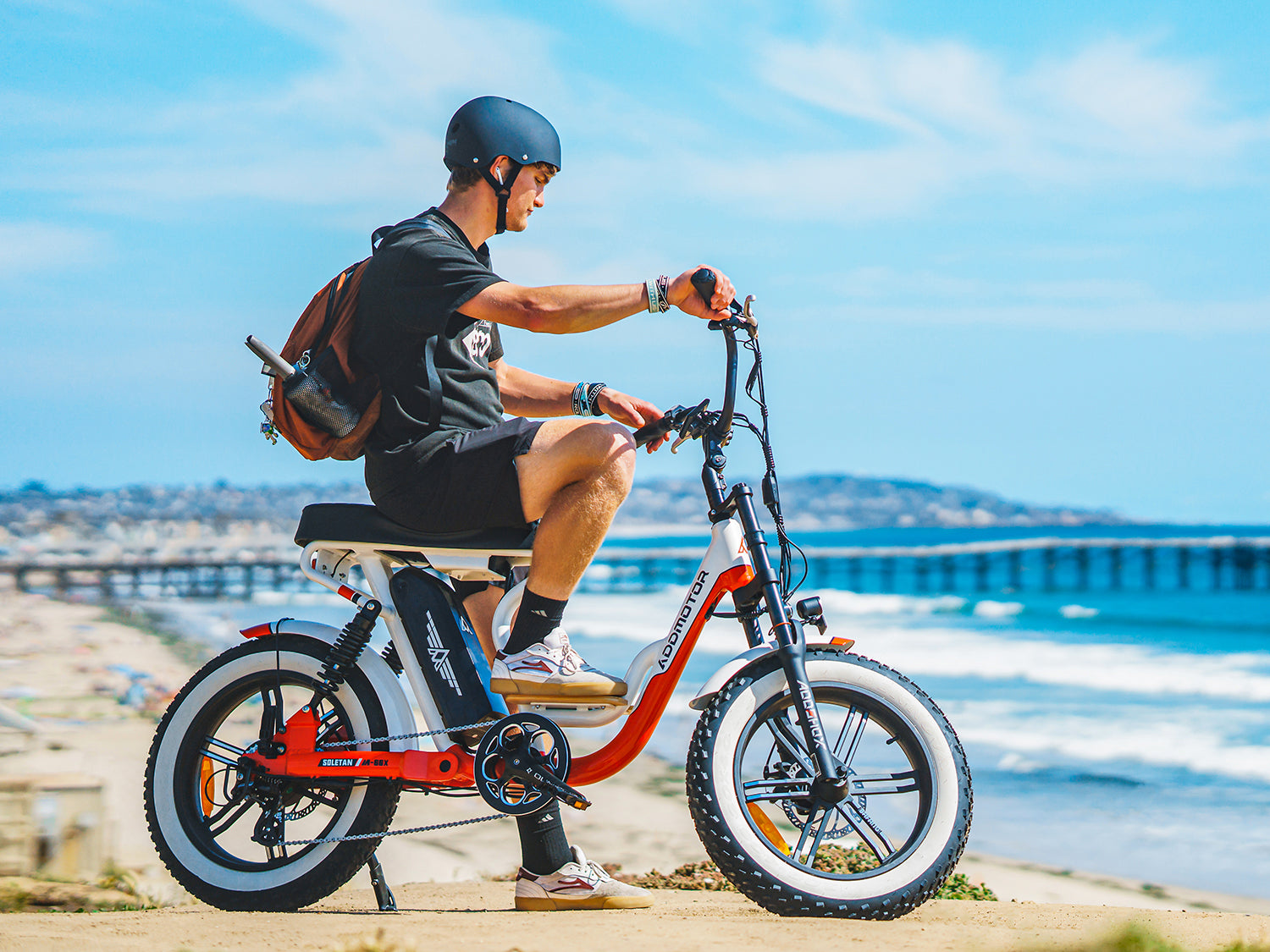
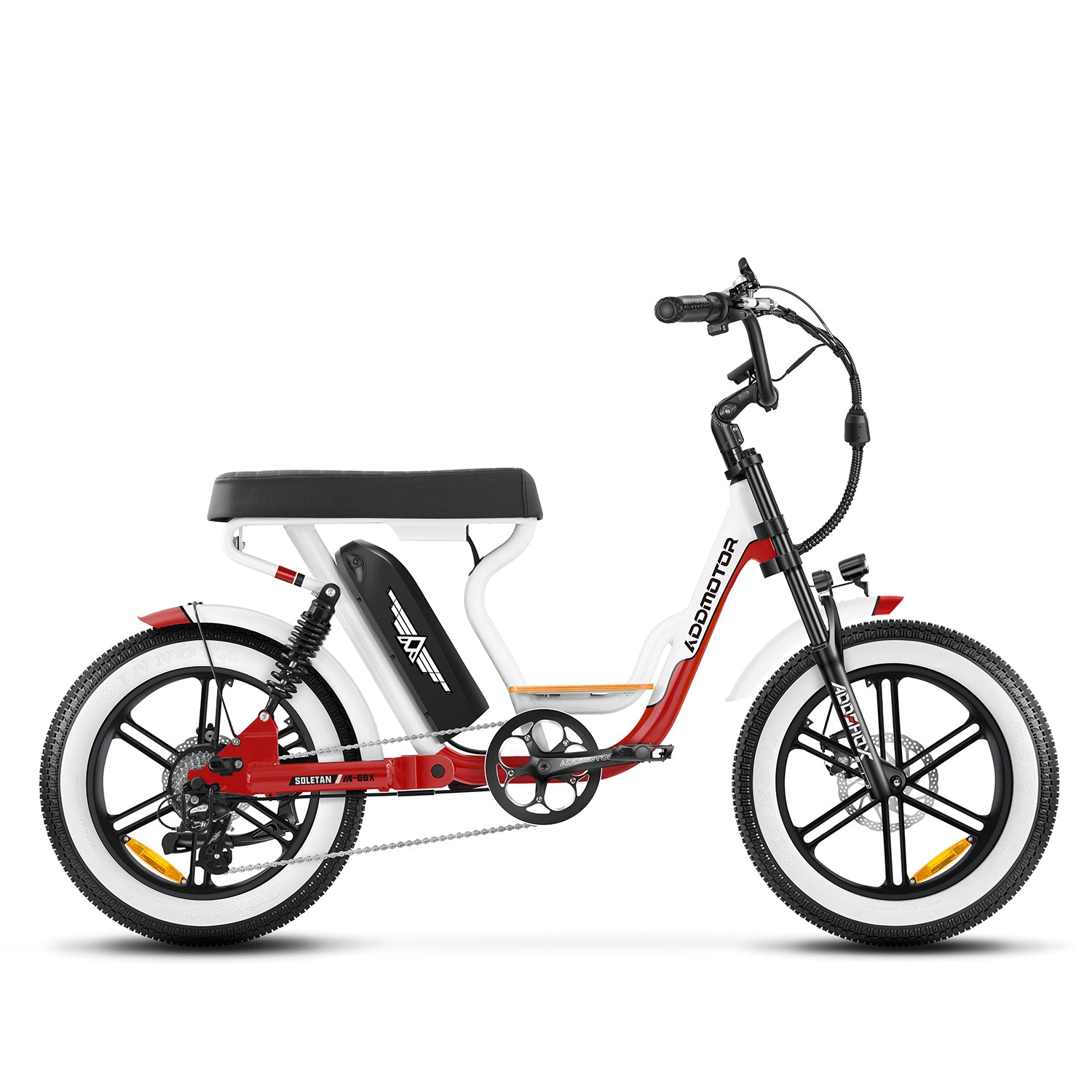
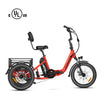
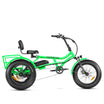
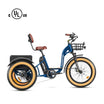
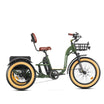
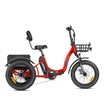
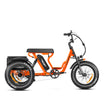
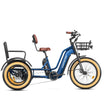
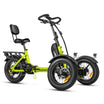
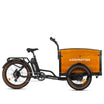
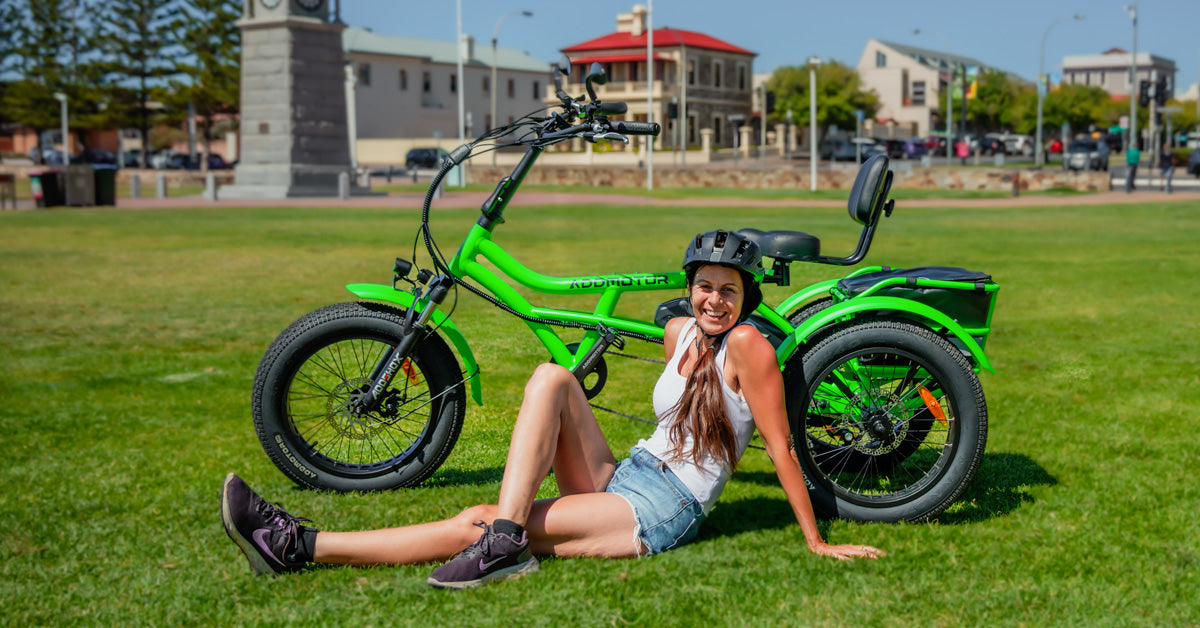
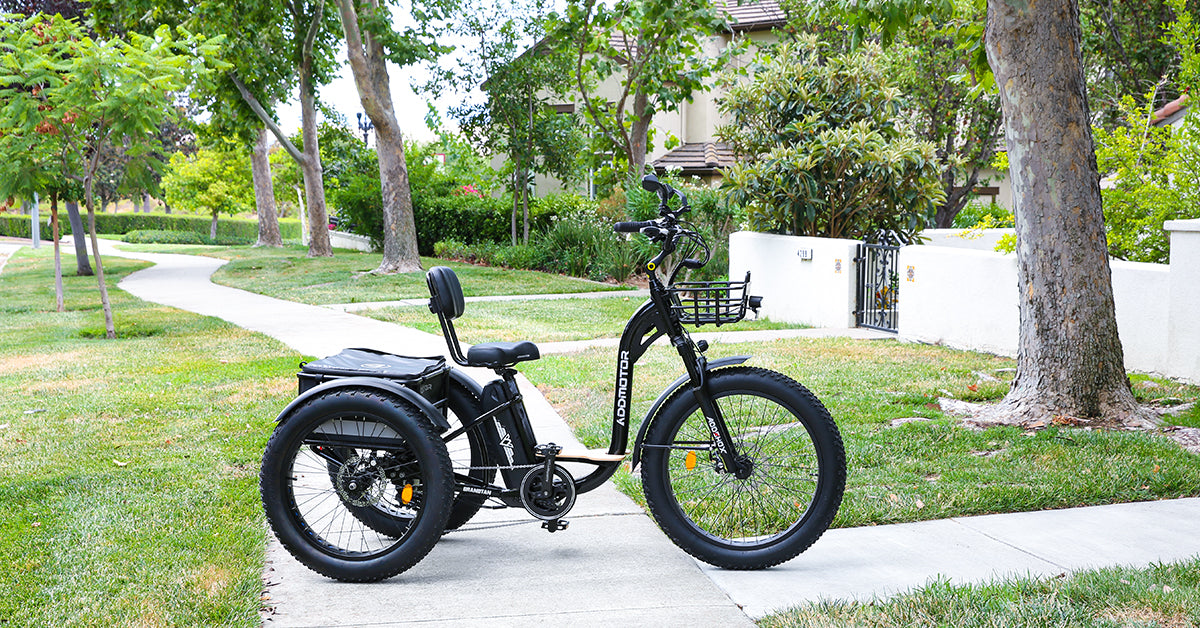
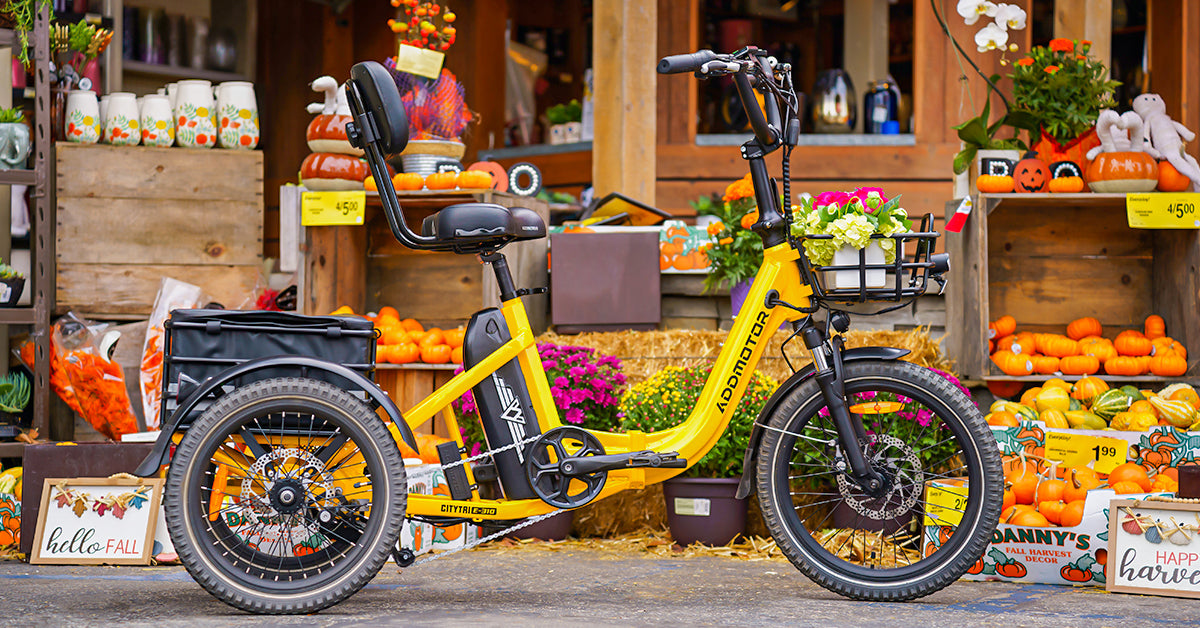
Leave a comment
This site is protected by hCaptcha and the hCaptcha Privacy Policy and Terms of Service apply.